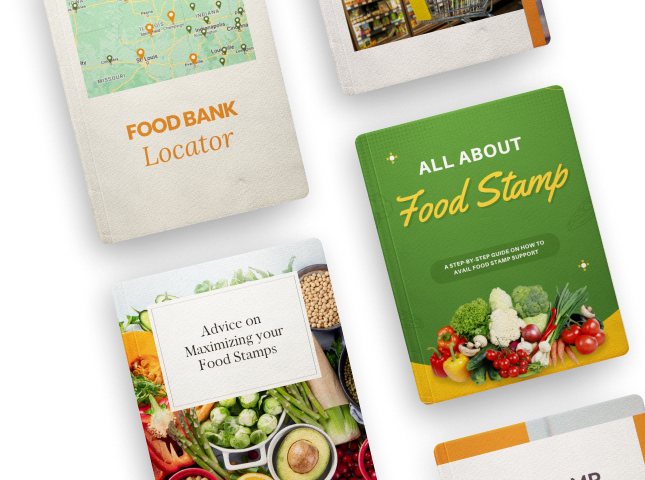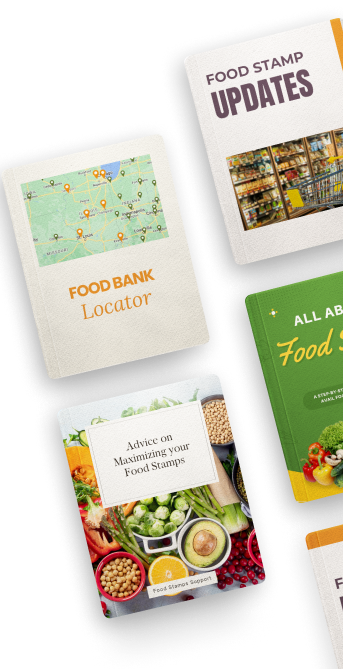SNAP Benefits for Students: A Path to Financial Support
College can be an exciting and transformative period in a student's life, but financial challenges can also arise. Seeking assistance through government programs like SNAP benefits and food stamps can provide crucial support during these times.
Let's explore how students can access SNAP benefits, understand income limits, and utilize this program to alleviate financial strains.
Accessing SNAP Benefits as a Student
For students attending college and facing financial difficulties, SNAP benefits can offer a vital lifeline. These benefits are available to help individuals and households meet their basic food needs.
To qualify for SNAP benefits, students must ensure that their income does not exceed 130% of the poverty line and fulfill specific eligibility requirements, which differ from the general population.
Eligibility Criteria and Exceptions
While most students can apply for SNAP benefits, exceptions do exist.
It is essential to familiarize oneself with the specific eligibility requirements to determine if they qualify for SNAP benefits.
Navigating the Application Process
To access SNAP benefits, students must apply through their state programs. These applications usually require documentation of income, expenses, and proof of enrollment in an educational institution.
By meeting the necessary criteria, students can receive assistance in covering their daily food expenses, providing some relief from financial pressures while pursuing their academic goals.
Conclusion
For students facing financial constraints, SNAP benefits offer a valuable solution to ensure access to nutritious meals. Understanding the income limits and eligibility requirements specific to student applicants is crucial to maximizing this support.
By exploring the application process and eligibility criteria, students can pave the way for financial stability and alleviate the burden of food expenses during their educational journey.












